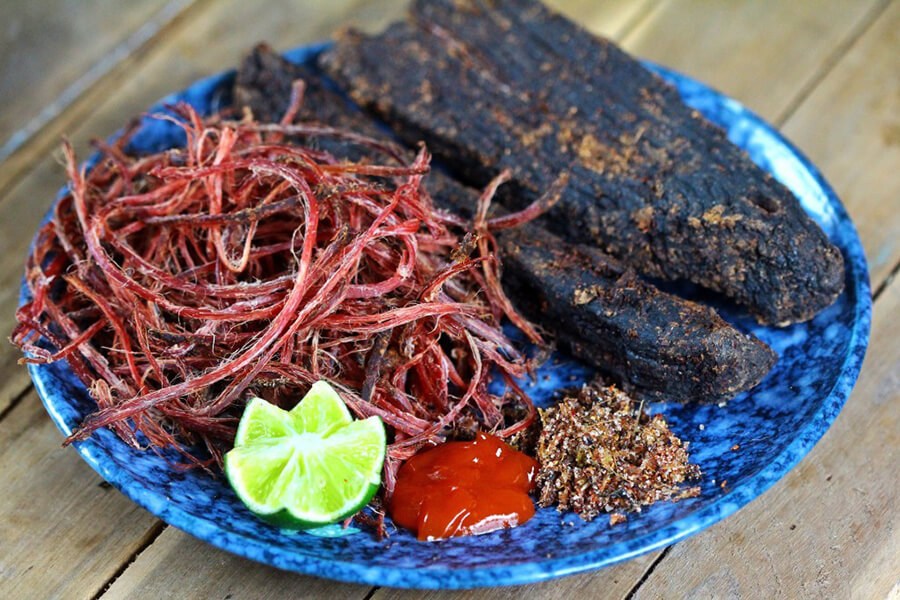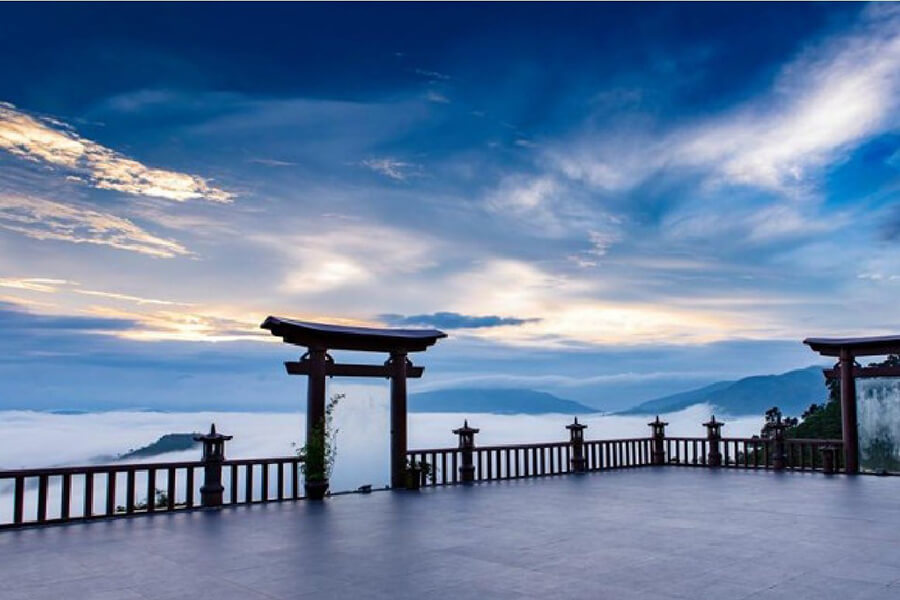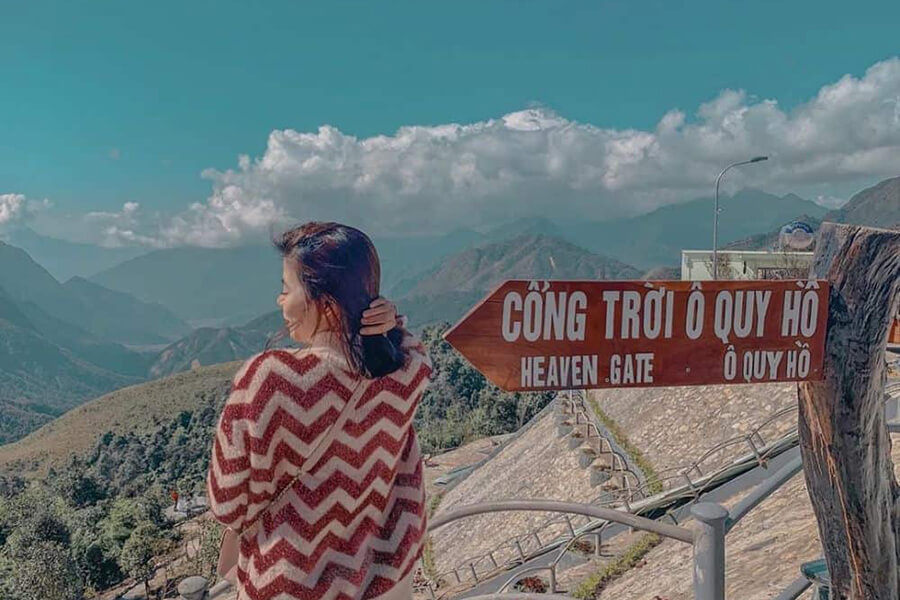No products in the cart.
HANOI SAPA TOURS
O Quy Ho Pass: one of the four great passes of Vietnam
The O Quy Ho Pass is a beloved destination that attracts many travelers when they visit Sapa. As one of the “Four Great Mountain Passes” in the Northwest mountains, O Quy Ho Pass is undoubtedly a top-notch check-in point with its captivating, dreamy mountainous beauty. Let’s explore with hanoi tours and find out what makes O Quy Ho Pass so enchanting for travelers!
Overview of O Quy Ho Pass
O Quy Ho Pass Location
O Quy Ho Pass is the largest and most beautiful mountain pass in Sapa and also the longest pass in the Northwestern region. It goes by several names, such as O Quy Ho Pass, Hoang Lien Son Pass, or May Pass. The pass is located right next to National Route 4D, running through the Hoang Lien Son range, bordering Lao Cai and Lai Chau provinces.
Situated at an elevation of 200 meters above sea level, with treacherous twists and turns and a length of 50 kilometers, the pass is covered in white clouds year-round. This is what has earned O Quy Ho Pass the title of the “untouched king” of the “Four Great Mountain Passes” in the Northwest.
How to Conquer the Pass
In the past, you had to ride a motorbike along National Route 4D to reach the pass. But now, there is a safer and more convenient option: the cable car. You can purchase cable car tickets at the Fansipan peak station (where you buy tickets to visit the Fansipan peak). You will travel from Fansipan peak to the Thac Bac area, then go to the Ton Station, and finally, drive about 4-5 kilometers along National Route 4D to reach O Quy Ho Pass.
When is the Best Time to Visit O Quy Ho Pass?
O Quy Ho Pass offers unique beauty in each season, so when to visit depends on what you wish to experience at this location.
In the summer: The weather is relatively cool and pleasant, with a slight chill and less fog, making it a suitable time to visit. However, it’s recommended to only traverse the section of the pass in Lao Cai as the Lai Chau side can be very hot at this time.
In the winter: The winter weather in Lai Chau is more comfortable, with some sunlight around noon, while Lao Cai is completely covered in fog, and there may even be freezing snow. If you plan to adventure through O Quy Ho Pass during this time, remember to bring essential items like warm clothing and gloves. Furthermore, the ideal time for an O Quy Ho Pass adventure is late afternoon when the sunset bathes the entire Northwestern mountains in a reddish hue. Spending a night at a nearby hotel to witness the sunrise in the morning will not disappoint you.
What Should You Prepare for this Adventure?
If you plan to explore the location in a day, there’s no need to bring too much luggage. You should prepare personal documents, cash, a jacket, a map, a first aid kit, sports shoes, and some snacks for when you get hungry.
Many people often mistakenly think that the “Heaven’s Gate” is located on Ham Rong Mountain when they arrive in Sapa. In reality, there are two “Heaven’s Gates” in Sapa. One is on Ham Rong Mountain, very close to Sapa Town, and the other is the O Quy Ho Pass that we are discussing. However, the Ham Rong Mountain gate offers nothing for you to see. Therefore, when visiting Sapa, please take note of this location to ensure your trip is not wasted.
How to Get to O Quy Ho Pass
O Quy Ho Pass stretches about 50 kilometers along National Route 4D. To reach the pass, travelers need to find their way from Sapa town to National Route 4D. If we consider the starting point as Sapa town and the destination as the pass’s summit, the approximate distance is 15 kilometers. You depart from the town (bus station) and drive along Dien Bien Phu Street, passing Thac Bac Waterfall for 12 kilometers. Continue straight, and you’ll reach the summit of the pass. Alternatively, you can ask locals in the town, and they will guide you to the shortest route to O Quy Ho Pass.
Unique Aspects of O Quy Ho Pass
The Spine-Chilling Passes
O Quy Ho Pass is the longest mountain pass in Vietnam as of 2020. On one side of the pass, there’s a deep abyss with no visible bottom, and on the other side, there are steep, towering cliffs. Danger warning signs are erected along both sides of the road. Adventurers often choose their route so that they pass O Quy Ho in the late afternoon. On full moon nights, the moonlight illuminates the towering mountains and casts shadows over the curves, creating a majestic and mystical scene. If you stand close to a corner beside the towering cliffs, you can hear the chilling, silent breath of the mountains.
Majestic Waterfalls
Right at the foot of O Quy Ho Pass, on the Sapa side, is Thac Bac (Silver Waterfall), one of the ten most beautiful waterfalls in Lao Cai. This waterfall cascades day and night, creating foamy sprays, and its powerful flow has left both domestic and international tourists in awe. In addition, Love Waterfall is also a famous attraction that has drawn many couples to Sapa. While not as large as Thac Bac, Love Waterfall exudes a soft, gentle beauty.
O Quy Ho Heaven’s Gate in Lai Chau and O Quy Ho Café
After passing through the majestic waterfalls, you will conquer the O Quy Ho Pass summit, also known as O Quy Ho Heaven’s Gate or Sapa Heaven’s Gate. You will regret it if you come to Sapa and miss this place. At the pass summit, you will witness a panoramic view of the grand Hoang Lien Son mountain range immersed in white clouds and mist. What’s more, every season, O Quy Ho Heaven’s Gate in Lai Chau offers a different beautiful scene, such as golden terraced fields or the sparkling rice fields in the rainy season. Furthermore, at this location, a café has been constructed, named O Quy Ho Café. There’s nothing better than enjoying a hot cup of coffee in the misty atmosphere with the towering mountains in the background. This is undoubtedly a memorable experience in your journey to explore the pristine beauty of this region.
Chasing Clouds at O Quy Ho Pass
At an elevation of 2,073 meters above sea level, the pass summit is a sea of floating clouds and mist. Therefore, O Quy Ho Pass in Lao Cai is known as an ideal cloud-chasing spot, offering picturesque check-in photo opportunities.
What to Eat at O Quy Ho Pass
You’ll easily come across small stalls set up for tourists to rest and savor local mountain specialties. Inside these stalls, you can enjoy mountainous delicacies such as grilled skewered meat, corn, sweet potatoes, yams, roasted eggs, or bamboo-cooked rice. Additionally, there are other specialties to try, like “trâu gác bếp” (a local dish), wild boar, jungle fowl, and more. “Lợn cắp nách” (pork armpit), a must-try delicacy for travelers. These unique delicacies are a must-try when visiting the Northwest mountains.
Impressive Images about O Quy Ho Pass
Crossing O Quy Ho Pass to explore the beauty of Sapa’s Heaven’s Gate shrouded in mist.
Check-in at every corner of O Quy Ho Pass.
The stunning scenery at O Quy Ho Pass will make you want to return to the Northwest mountains multiple times.
You will capture unforgettable moments when visiting this place.
O Quy Ho Pass truly lives up to its reputation as one of the “Four Great Mountain Passes” in Vietnam. It’s a natural masterpiece, magnificent and poetic, an experience that anyone who visits even once will never forget. So, what are you waiting for? Plan your trip to Sapa and include a visit to O Quy Ho Pass. You will surely be thrilled with what Hanoilocaltour has shared!















